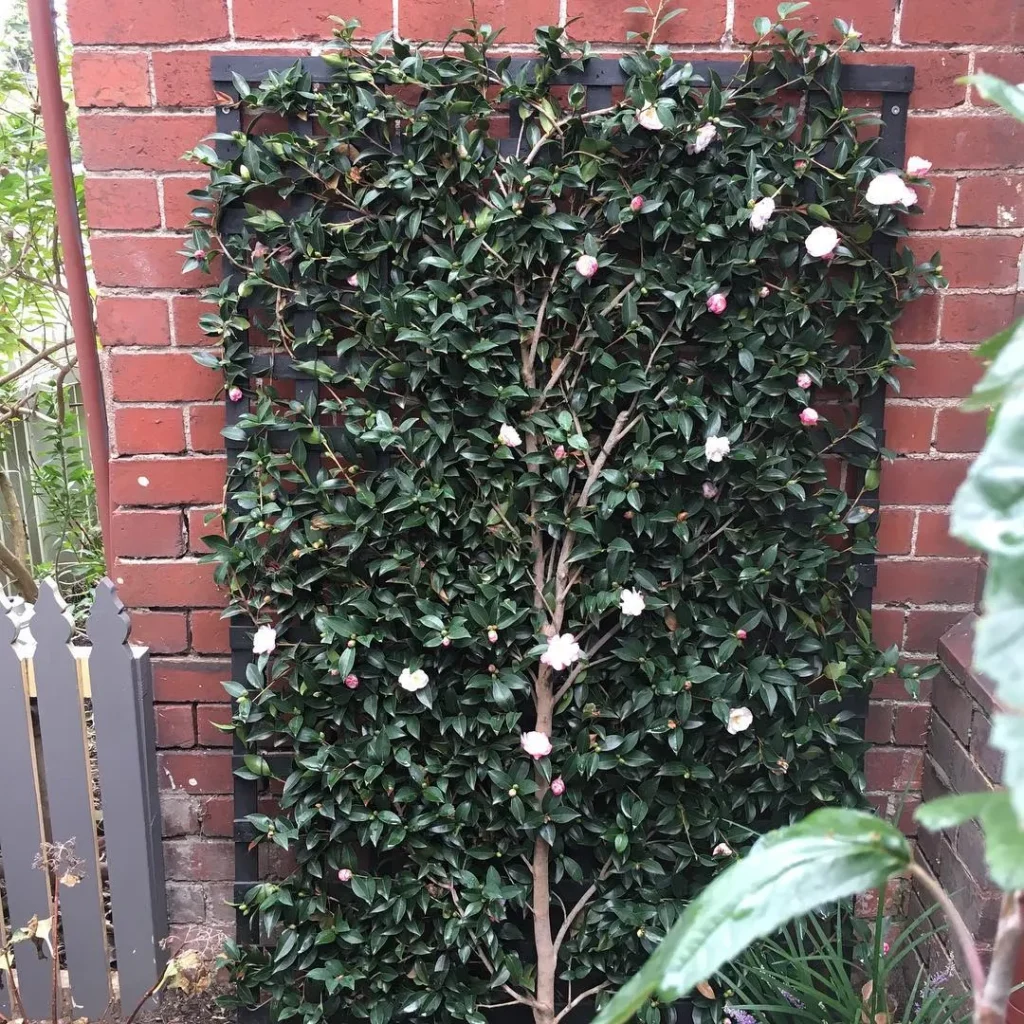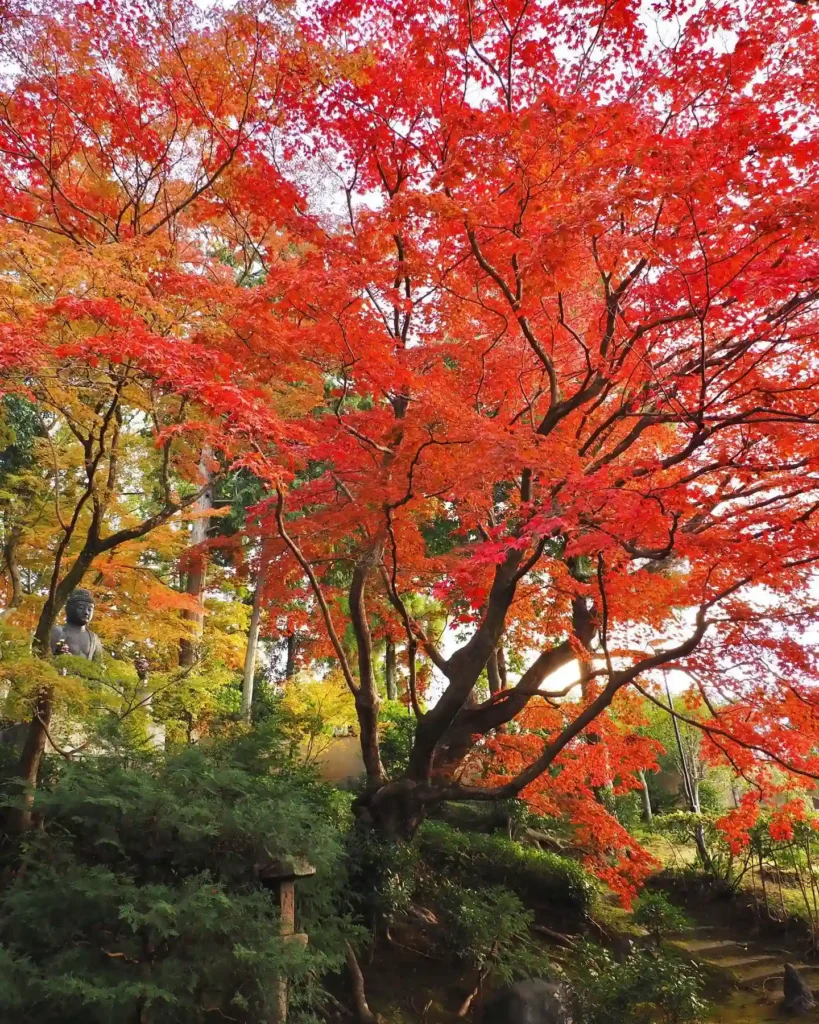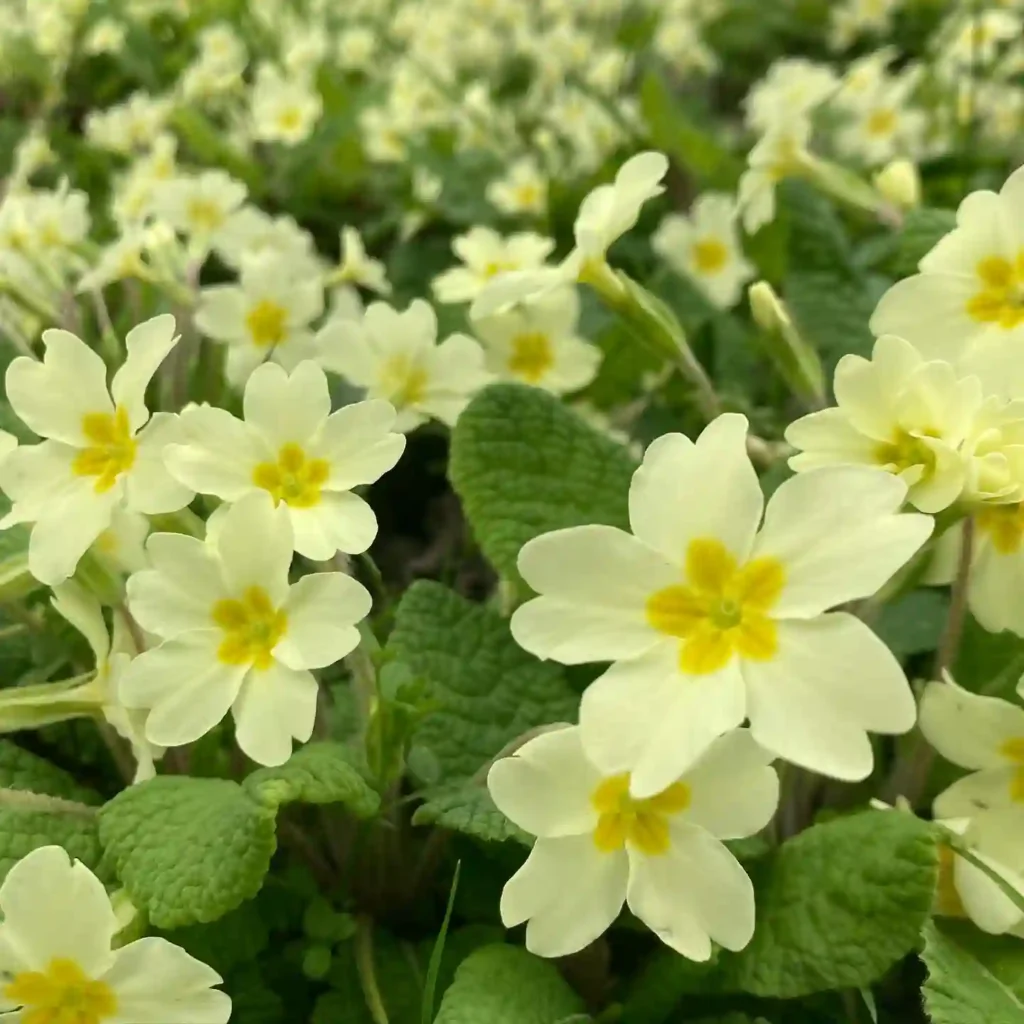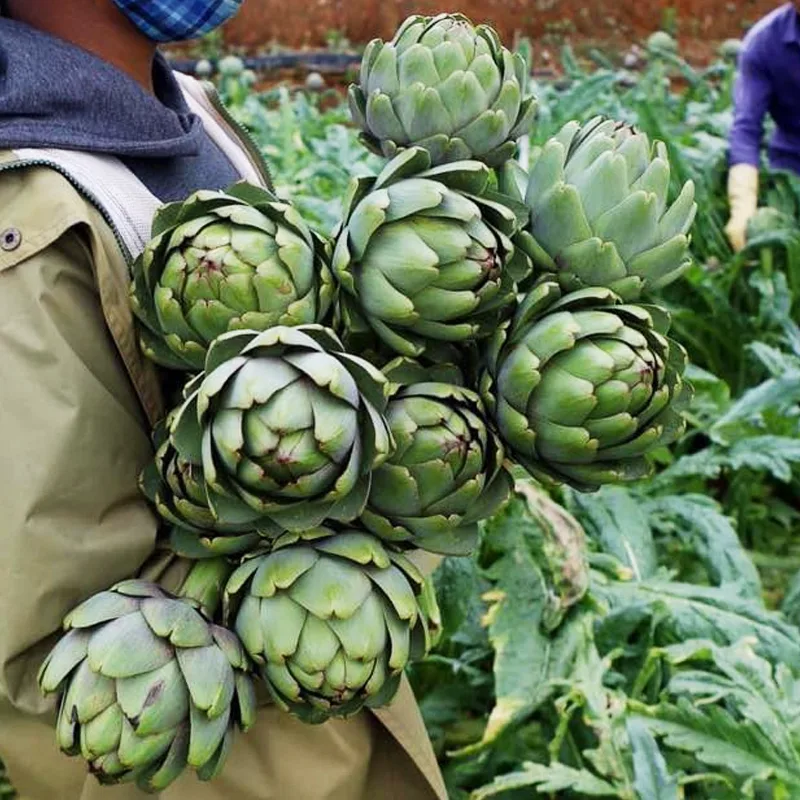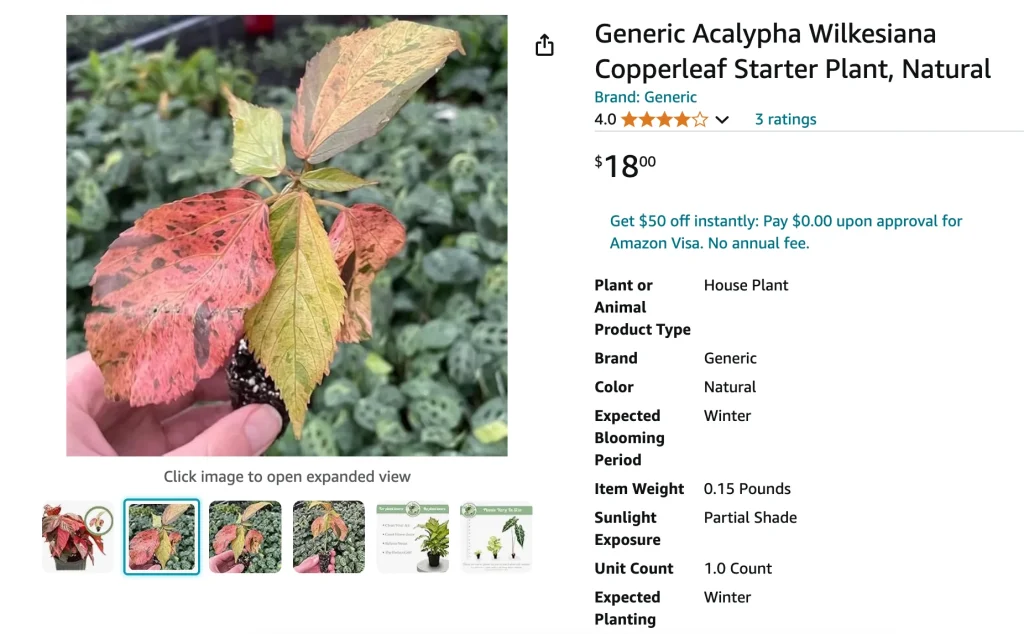
Frequently Asked Questions About Acalypha Wilkesiana
As someone who loves exploring the world of plants, I’ve had a chance to dive deep into Acalypha Wilkesiana, also known as Copperleaf. This vibrant plant, with its stunning foliage, often raises a lot of questions from fellow plant enthusiasts. Here’s a comprehensive guide based on my experiences and research.
432 Species in Genus Acalypha – Copperleaf – Chenille Plant
What is Acalypha Wilkesiana?
Acalypha Wilkesiana, commonly referred to as Copperleaf, is a tropical plant native to the Pacific Islands. It’s renowned for its striking leaves, which come in a range of colors including red, green, orange, and variegated patterns. The plant can grow as a shrub or small tree and is often used as an ornamental plant in gardens and indoor spaces.
How to Care for Acalypha Wilkesiana?
Caring for Acalypha Wilkesiana requires a bit of attention to detail, but it’s quite manageable once you get the hang of it. Here are the key points:
- Light: Acalypha Wilkesiana thrives in bright, indirect light. If grown indoors, place it near a window with filtered light. It can tolerate some direct sunlight but too much can scorch its leaves.
- Watering: Keep the soil consistently moist, but avoid waterlogging. Water the plant when the top inch of soil feels dry. During the winter, reduce watering as the plant’s growth slows down.
- Temperature: This plant prefers warm temperatures, ideally between 65°F and 85°F (18°C to 29°C). It is sensitive to cold and should be protected from temperatures below 50°F (10°C).
- Humidity: High humidity is beneficial for Acalypha Wilkesiana. If the air in your home is dry, consider using a humidifier or placing the plant on a tray with water and pebbles to increase moisture.
- Soil: Use a well-draining potting mix. A mix designed for tropical plants or one combined with peat moss and perlite works well.
How to Propagate Acalypha Wilkesiana?
Propagation of Acalypha Wilkesiana can be done through stem cuttings. Here’s a step-by-step guide:
- Cutting: Take a 4-6 inch (10-15 cm) cutting from a healthy, mature plant. Ensure the cutting has at least one node (the point where leaves attach).
- Preparation: Remove the lower leaves from the cutting, leaving a few at the top. Dip the cut end in rooting hormone to encourage root growth.
- Planting: Plant the cutting in a small pot filled with a moist, well-draining potting mix. Water it lightly.
- Environment: Cover the pot with a plastic bag or a clear plastic dome to create a humid environment. Place it in bright, indirect light.
- Care: Keep the soil moist but not soggy. Roots should develop in a few weeks, and once they are well-established, you can transplant the new plant into a larger pot or garden bed.
What to Plant With Acalypha Wilkesiana?
Acalypha Wilkesiana pairs well with a variety of plants. Here are some great companions:
- Caladium: Their colorful, patterned leaves complement the vibrant hues of Copperleaf.
- Coleus: Both plants have striking foliage, creating a dynamic and colorful display.
- Hostas: Their shade tolerance contrasts well with the bright foliage of Acalypha Wilkesiana.
Is Acalypha Wilkesiana Toxic?
Yes, Acalypha Wilkesiana is toxic to pets and humans if ingested. The plant contains compounds that can cause gastrointestinal upset and irritation. It’s best to keep it out of reach of pets and small children.
Benefits of Acalypha Wilkesiana
Aside from its ornamental value, Acalypha Wilkesiana offers several benefits:
- Aesthetic Appeal: Its vibrant leaves can add a splash of color to any garden or indoor space.
- Air Purification: Like many houseplants, Copperleaf can help improve indoor air quality by filtering out toxins.
Common Problems with Acalypha Wilkesiana
Here are some issues you might encounter:
- Leaf Drop: This can occur if the plant is exposed to drafts, sudden temperature changes, or improper watering.
- Pest Infestations: Watch out for pests like spider mites and aphids. Regularly check the undersides of leaves and treat infestations promptly.
Comparing Acalypha Wilkesiana with Similar Plants
- Acalypha Hispida: Often confused with Acalypha Wilkesiana, Acalypha Hispida, or the “Chenille Plant,” has fuzzy, red spikes of flowers. While both belong to the same genus, their growth habits and flower characteristics differ.
- Croton: Croton plants also feature vibrant, multi-colored leaves. However, Crotons generally have a more varied leaf shape compared to the often simpler, elongated leaves of Acalypha Wilkesiana.
Understanding Acalypha Wilkesiana can enhance your gardening experience and help you create a stunning plant display. Whether you’re adding it to your indoor collection or outdoor garden, this plant’s colorful presence is sure to impress.
If i die, water my plants!
